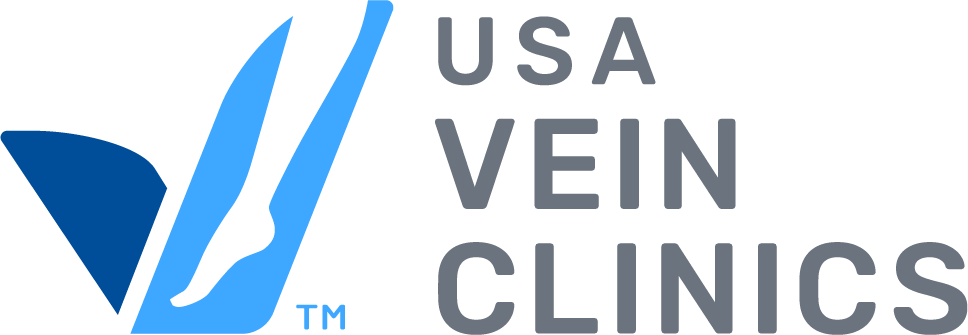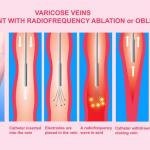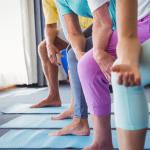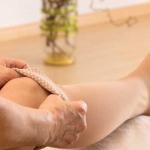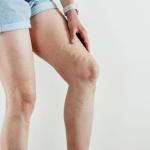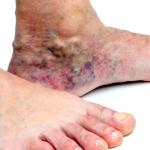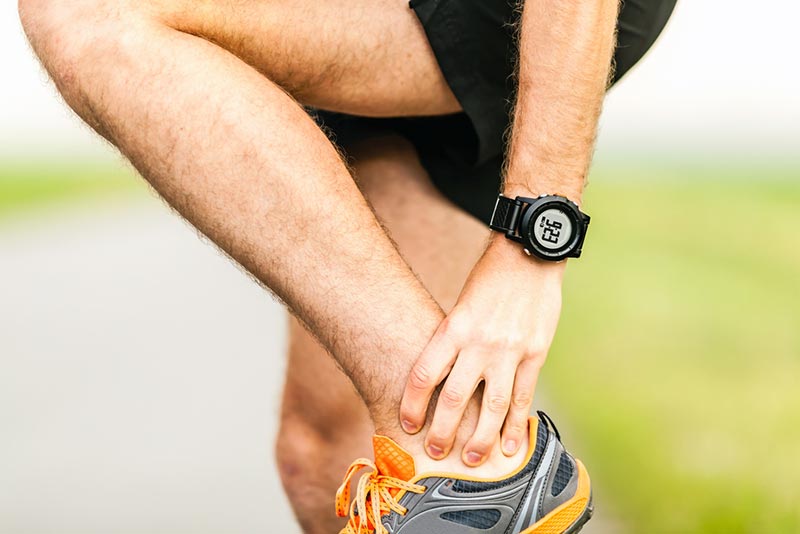
Can Young Adults Have Vein Disease?
Typically, young adults tend not to focus on their vein health as they do not expect to develop bulging varicose veins at a young age. But if you think it can’t happen, think again. It is a myth that varicose veins only impact those of an older age. While the risk increases after age 50, young adults can develop varicose veins, too. In fact, many of us are unaware of the signs and symptoms that indicate the beginning stages of varicose vein disease – such as the presence of spider veins and fail to seek care early to prevent more advanced vein disease in the future.
The reality is we can begin to experience signs and symptoms of both spider veins as well as larger bulging varicose veins even as a young adult. In fact, more than 80 million Americans suffer from venous disease, a medical condition that can lead to further health problems if ignored.
Varicose veins vs. spider veins: what’s the difference?
Both spider veins and varicose veins are diseased and malfunctioning veins that fall under the category of chronic venous insufficiency, or CVI. Chronic venous insufficiency occurs when the one-way valves in the veins break, allowing blood flow to move backwards towards the feet, instead of up towards the heart and lungs. When this happens, the pressure inside the veins increases and can lead to spider veins and larger varicose veins.
So, what is the difference between spider veins and larger varicose veins? Size and location. Typically, you will see spider veins close to the surface of the skin, they are small, and can form in clusters. Larger varicose veins can present in different ways. Sometimes you will not see them as they are deeper under the surface of skin, but as they progress you may see them cause bulging under the surface of the skin.
Especially as a young adult, many of us think of spider veins as a cosmetic problem. But the truth is, spider veins not only cause aching, pain, and discomfort, they can also be an indication of a larger issue found beneath the surface of the skin. Often, larger varicose veins beneath the skin’s surface are the source of these smaller surface veins, or spider veins.
Take Our Online Vein Symptoms Quiz
Signs and symptoms of vein disease in teenagers
Chronic venous insufficiency, or vein disease, causes a variety of symptoms, often felt first by younger patients, earlier. If you are active and notice unusual leg pain, aching, and swelling, especially after vigorous activity, you may be suffering from chronic venous insufficiency. Below are the more specific visible signs (what you see) and physical symptoms (what you feel) related to vein disease that you should be aware of are.
Visible signs of vein disease in teens:
- Bulging veins (cords)
- Leg swelling
- Slow or non-healing wounds (ulcers)
- Redness
- Hardening of the bulging veins
Physical symptoms of vein disease in teens:
- Aching, pain, discomfort
- Restlessness
- Burning
- Itching or tingling
- Symptoms are worst in the evening
- Symptoms are often relieved by leg elevation or wearing graduated compression stocking
Schedule Your Consultation Online
Risk factors for varicose veins and spider veins in young adults
Below are some of the most common risk factors that may cause chronic venous insufficiency, or varicose vein disease, to develop in teenagers, including:
- Hereditary. Genetics is the primary cause of vein disease, accounting for about 80% of cases. It is not at all unusual to find varicose veins in young adults in their 20’s and even teenagers if the disease runs in your family.
- Standing for sitting for long periods of time. We often see this in patients whose occupation involves a lot of standing, such as nurses, hair stylists, coaches or teachers.
- Obesity. People who are overweight put far more weight and pressure on their veins than someone who is of a healthy weight. Plus, extra body fat acts as a cover up of many physical signs of vein disease, making it more difficult to spot signs such as swollen or bulging veins.
- Birth control pills. The use of birth control pills or hormone replacement therapy can be a risk factor of developing varicose and spider veins.
- Hormonal changes during puberty or pregnancy. Hormonal changes that occur during puberty and pregnancy may create an irregular flow of blood throughout your body, which can lead to varicose veins and other potential vein problems.
History of blood clots.
Varicose and spider vein treatment options for young adults
We offer comprehensive, minimally-invasive vein treatment that treats the root cause of vein disease in young adults and teenagers. Our effective vein treatment options are listed below:
- Endovenous Laser Ablation, or EVLA
- ClariVein®
- Radiofrequency Ablation (RFA)
- Sclerotherapy
- VenaSeal
- Varithena
Visit our Vein Treatment Options page for more information and to learn more about what may be the best option for treating your vein problems.
The moral of this story is, no matter your age you may be suffering from chronic venous insufficiency. Young adults are less prone to advanced vein disease but more likely to misinterpret symptoms of CVI as it is believed to be a disease process for older adults. If you are experiencing signs and symptoms of vein disease, listen to your legs and seek the advice and care of a vein specialist.
Why wait? Prioritize your health and the health of your legs!
Medically Reviewed By:
Dr. Yan Katsnelson is a philanthropist, business owner, and highly skilled cardiac surgeon. He is the Founder and CEO of USA Vein Clinics, which is part of USA Clinics Group, the parent company of USA Fibroid Centers, USA Vascular Centers, and USA Oncology Centers, with more than 100 facilities nationwide. Dr. Yan has established himself as a strong advocate for accessibility and affordability of the most advanced medical care close to home. His mission is to create a positive experience for each patient with compassionate, personalized, and expert care.
